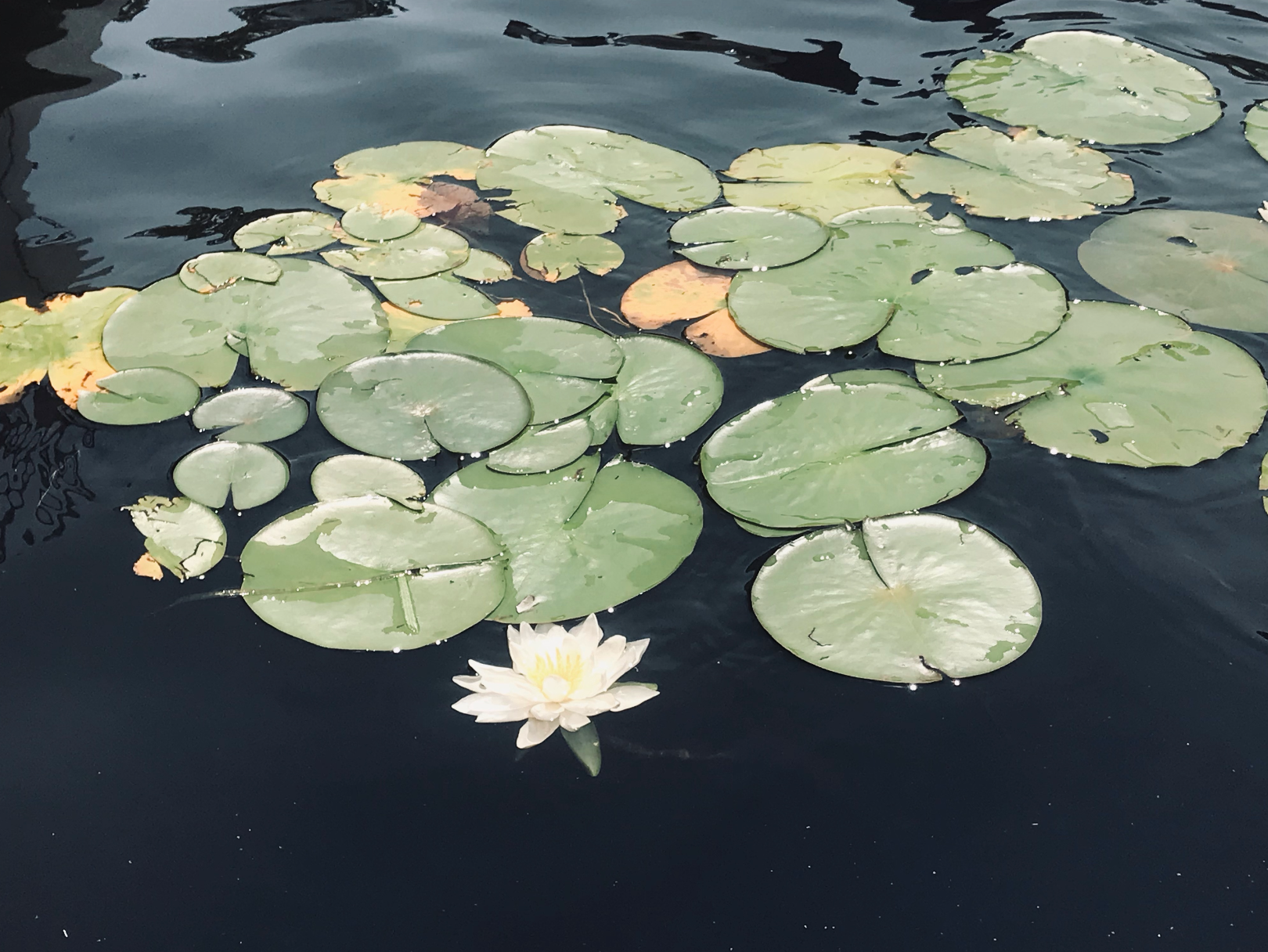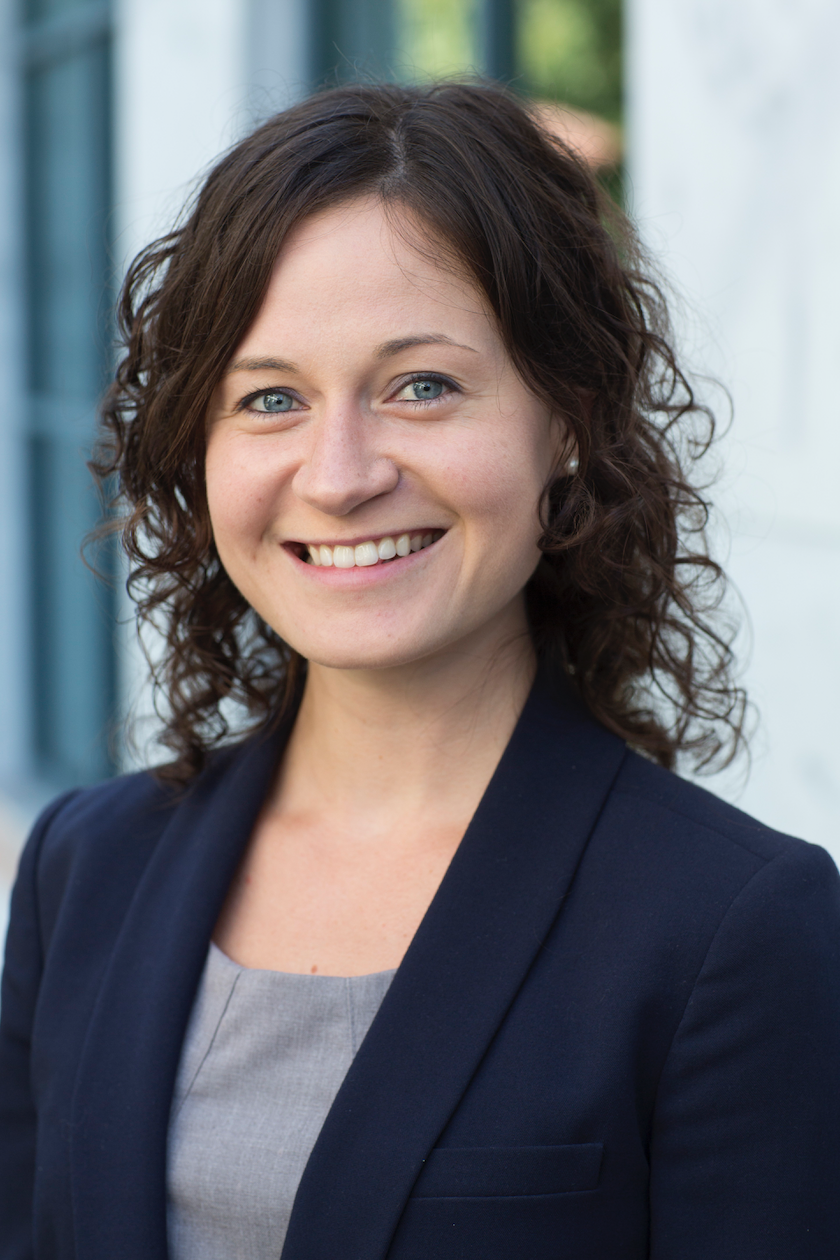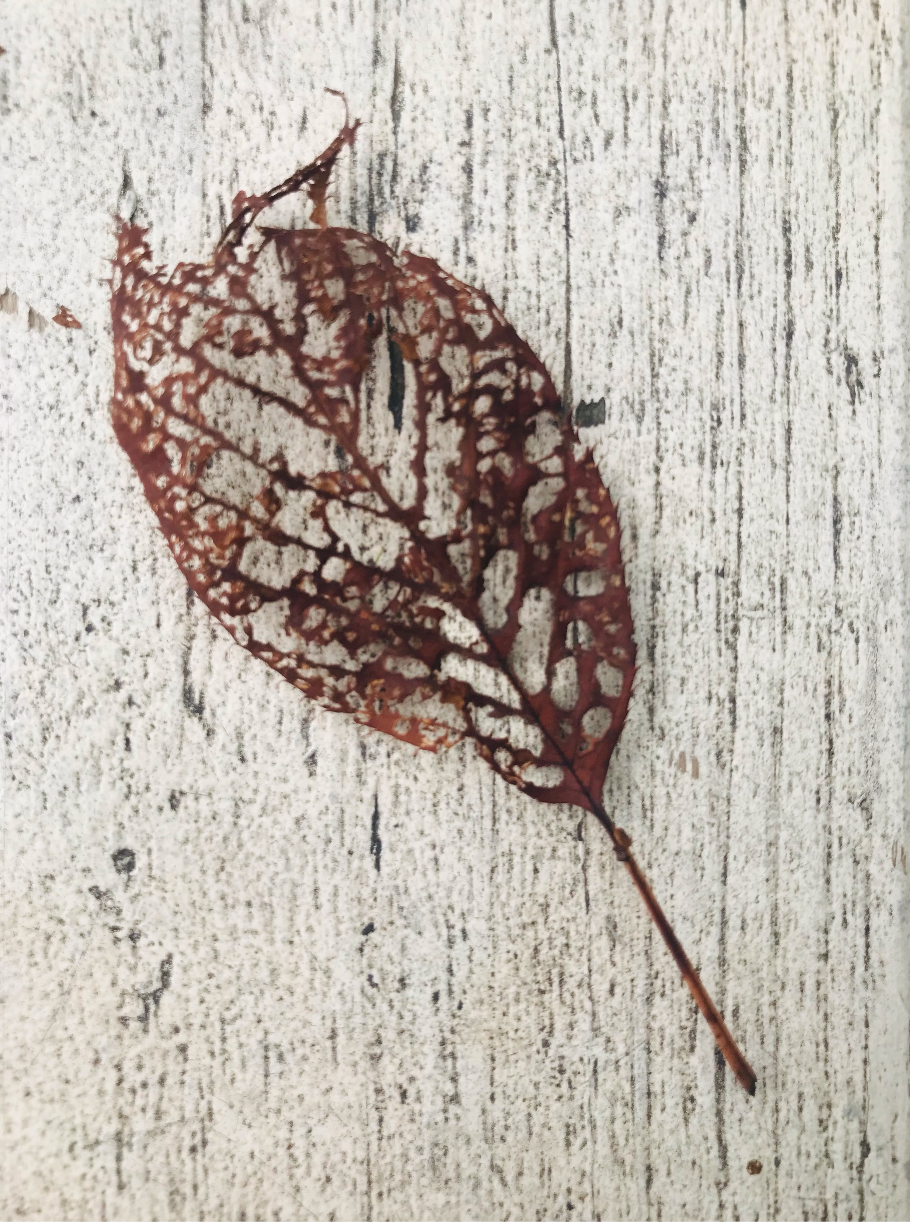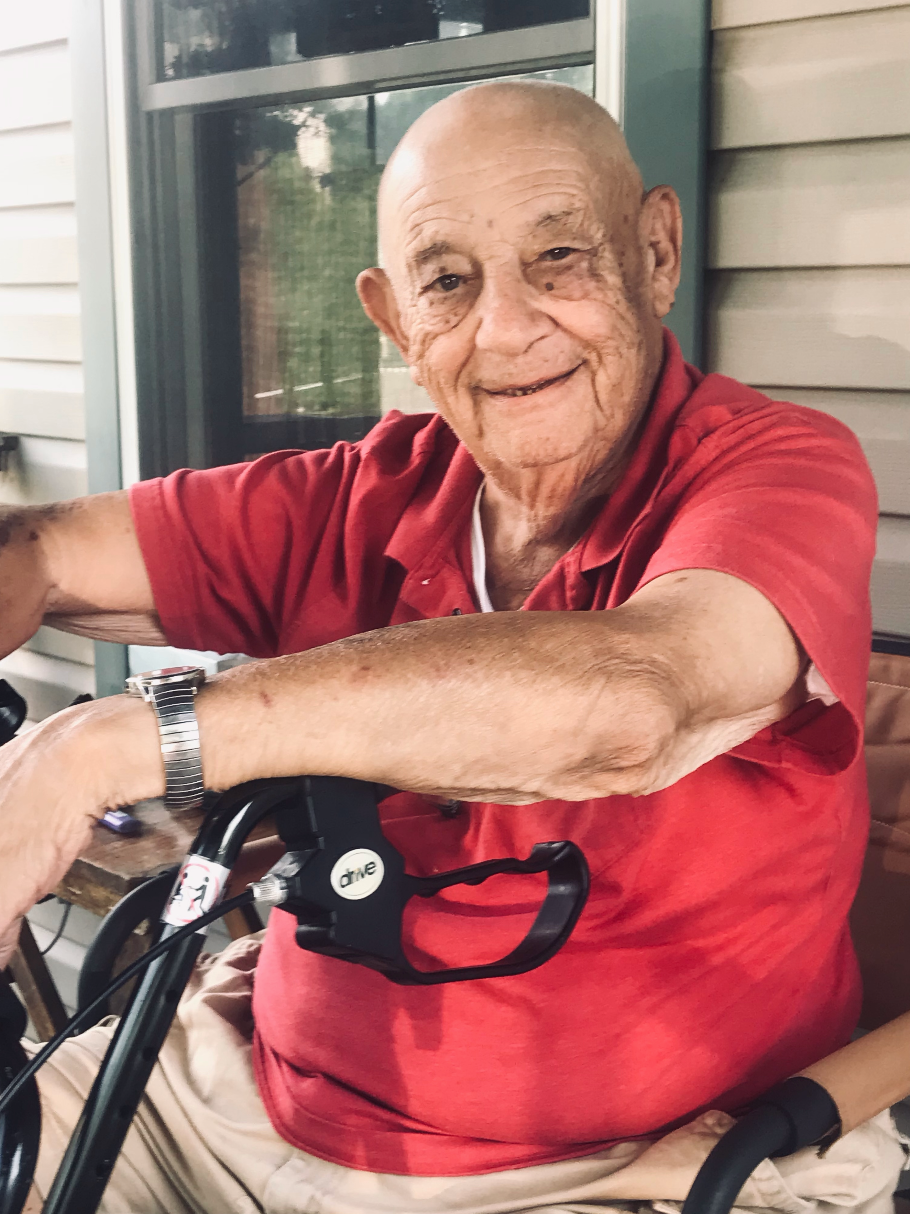A New Perception of the World through Eco-Photography
When Shari Wejsa, a high school teacher in northwest New Jersey, heard about the Inspire Citizens’ Eco-Photography summer course, she signed up right away. A history teacher with a creative bent and interest in interdisciplinarity, she was excited to channel some of her summer into learning about connecting with nature in ways she could share with her students.
Fast forward several weeks and you find Shari reflecting on a deep professional learning experience that has challenged her to bring more creative pursuits into her classroom and, at the same time, look at the world in fresh, new ways.
“Ultimately, I think the course helped me reframe the way I perceive the world,” says Shari. “There are some philosophical ideas in the course like wabi sabi, seeing beauty in things that are imperfect and impermanent, that I was drawn to; I wish I had known about wabi sabi when I was in high school! I am thinking about ways I can share these ideas with my students. Especially post-Covid some students are struggling with mental health issues and anxiety. These philosophical ideas resonated with me because I want to support my students and their social and emotional learning.”
The course covers a lot of ground on the technical side of shooting good photographs and the intellectual and emotional side of connecting with our environments. Each module features skill development alongside thought-provoking content such as biographies of inspiring photographers and links to videos and articles about the natural world, mindfulness and more.
As Shari worked through the asynchronous modules and attended weekly zoom sessions, she started to see eco-photography principles popping up all around her.
“After being tasked with considering geometry, I went to the playground with my [3-year-old] son and saw geometry everywhere!” Shari remembers. “I would never have paid attention to that before the course. As I walk down the street, I observe flowers and the shape of buildings and symmetry differently. A big take-away for me is being more observant and present.”
This photo is one Shari took at the playground as she noticed geometry surfacing in many places.
Shari also enjoyed the international connections she made with others in the course. Many participants were international educators and this added something to the culture of the discussions; Shari has studied in and traveled to a variety of countries and values learning about different cultures and places, and she enjoyed the opportunity of meeting new people in the course.
In one module where there was an opportunity to write a visual love letter to the planet, Shari chose a photo she took during a trip in Peru and Bolivia, from Amantani Island in Lake Titicaca.
“I was staying at a homestay there, and felt very welcomed, although there was a part of me that felt like an outsider, and that made me think about the ethics of tourism,” Shari says. “I went on a hike to the top of a mountain and met a woman there. We talked in Spanish, which wasn’t the first language for either of us, and it was so good for me to connect with her there on a human level. The photo I shared as my love letter to the planet was the photo (featured at the top of this article) I took of her.”
For another assignment involving portraiture, Shari interviewed her 97-year-old neighbor Mr. Phil, and experienced another meaningful connection.
“Instead of going for a run one day, I saw Mr. Phil on his porch and talked with him,” she reflects. “To get life wisdom and advice from a 97 year old is grounding in so many ways and to be able to capture his photo as part of that conversation was special. We talked about what it means to be happy and about friendship and relationships with others. He also talked about making memories and the value of honesty. The photo I took (featured below) will remind me of this important conversation.”
Shari plans to bring more photos into her classroom practice as a history teacher this year. She will continue using photos as a way to analyze historical moments, and she also wants to use photography to build a sense of community in her classroom.
“I want to share the ideas of wabi sabi with my students in World History, and have them find something to photograph that demonstrates wabi sabi that they can share with the class, encouraging connection and learning about others,” says Shari.
Shari also plans to continue growing her own photography skills and using photography in an interdisciplinary way to advocate for change. She is passionate about raising awareness of issues involving migrant populations in the US and human rights more broadly and wonders how she might bring these threads together to create positive change and impact.
“I find myself pausing to really think about being present and being in harmony with my environment and nature,” says Shari.
Shari’s experience speaks volumes about the depth of learning in the Eco-Photography course. If you’re interested in learning more about Eco-Photography, check out this link on the Inspire Citizens website.






